I hardly use cash in Australia, I'll admit - aside from small purchases, I tend to just pull out my credit card or pay on EFTPOS. In Japan, bank cards are strictly for withdrawing money and credit cards are generally reserved for big purchases at international chains and major department stores. As they keep telling me here, cash is king. I've witnessed people withdrawing what must be thousands of dollars at a time; even I find myself panicking now if my wallet is down to its last $100. They say money talks, so let's see what the 円 (えん - en - yen) has to say for itself.
As a general rule of thumb, I like to think that one 円 is about one cent - each 100円 is $1. This isn't quite right (we're currently sitting at about 80円 to the Australian dollar), but just dropping two zeroes helps to give you a ballpark figure when you're talking about big numbers of 円. You can probably see how this rule comes in handy, when you're trying to work out how many dollars something like 450000円 is!
The Japanese counting system has a lot to do with the way money is counted, I believe. In Australia we generally think in tens, hundreds, thousands and millions. In Japan, it's:
Tens (十 - じゅう - juu)
Hundreds (百 - ひゃく - hyaku)
Thousands (千 - せん - sen) and
Tens of thousands (万 - まん - man).
To give you an example of what I mean, let's look at the number 100 000:
In Australia: "one hundred thousand"
In Japan: "十万" - じゅうまん - juuman - literally "ten ten thousands".
It starts getting even more complicated when you get to bigger numbers like 10 000 000:
In Australia: "ten million"
In Japan: "千万" - せんまん - senman - literally "one thousand ten thousands".
This is because Japan generally doesn't count beyond multiples of ten thousand until you get to 一億 (いちおく - ichioku - 100 000 000 or one hundred million). I suppose this is because "万万" (まんまん - manman - "ten thousand ten thousands") would sound strange! Similarly, the currency denominations don't go beyond 10 000.
The coins are:
一円 - いちえん - ichi en - one yen. A small silver coin made of aluminium that apparently weighs exactly 1 gram. I've even heard it floats on water, but I'm not sure I believe that! I might have to try.
五円 - ごえん - go en - 5 yen. A brass coin with a hole in the middle.
十円 - じゅうえん - juu en - 10 yen. A medium-sized bronze coin.
五十円 - ごじゅうえん - gojuu en - 50 yen. A medium-sized silver coin with a hole in the middle.
百円 - ひゃくえん - hyaku en - 100 yen. A medium-large silver coin, recognisable by its picture of cherry blossoms.
五百円 - ごひゃくえん - gohyaku en - 500 yen. A very large, dull pewter-coloured coin. It's apparently the most valuable coin in use today.
Why do the 五円 and 五十円 coins have a hole, exactly? Noone seems sure - there's a definite advantage in being able to tell them apart from the 十円 and 百円 coins when you're rummaging around in your pocket, or if you're visually impaired. Other theories are that it might have been something to do with the old minting processes, the convenience of being able to keep them on strings or because coins with holes were harder to counterfeit. In any case, it's a very old tradition that endures today.
The notes are:
千円 - せんえん - sen en - 1000 yen - a blue-green note with pictures of Mt Fuji and cherry blossoms on it.
二千円 - にせんえん - nisen en - 2000 yen - no longer in common circulation. It also seems to be the only note without a portrait on it.
五千円 - ごせんえん - gosen en - 5000 yen - a purple note.
一万円 - いちまんえん - ichiman en - 10000 yen - a brown note with a holographic image of some cherry blossoms on it. You want as many of these as possible!
Unlike Australia, all the notes are made of paper - make sure to check your pockets before you put the washing on! They also all have a white oval in the middle that shows up another version of each note's portrait if you hold it up to the light.
Perhaps another reason for (or result of) Japan being such a cash-based society is the banking system. Most bank ATMs close at 9 or 10 o'clock, which means the only place you can withdraw money outside these hours is a コンビニ (konbini - convenience store). Most places charge a fee for the service, so it's definitely in your best interests to withdraw large sums.
I found the most surprising thing about my Japanese bank account to be my "passbook". When you start an account here you're given one along with an ATM card and both can be used interchangeably to access your account.
Rather than giving out periodic bank statements, putting your passbook into an ATM starts the machine busily flipping through it and printing out records of all your deposits and withdrawals on each page. The bank staff nervously asked me to do this fairly regularly, otherwise the machine would get bogged down with printing months of transaction records to the annoyance of everyone waiting in line. The idea is interesting, but in some ways it feels like a strange new take on old technology, like a black and white plasma TV.
Don't be surprised if you end up with upwards of 50000円 in your pocket while you're exploring Japan - and end up spending the lot! There's certainly something satisfying about spending real money on things, instead of just typing in a PIN. "It's tangible," says one of my coworkers, "you know how much you're spending. When I buy something with a credit card it doesn't feel real." There you have it - leave the cards at home, get out there and enjoy yourself. Hail to the king.

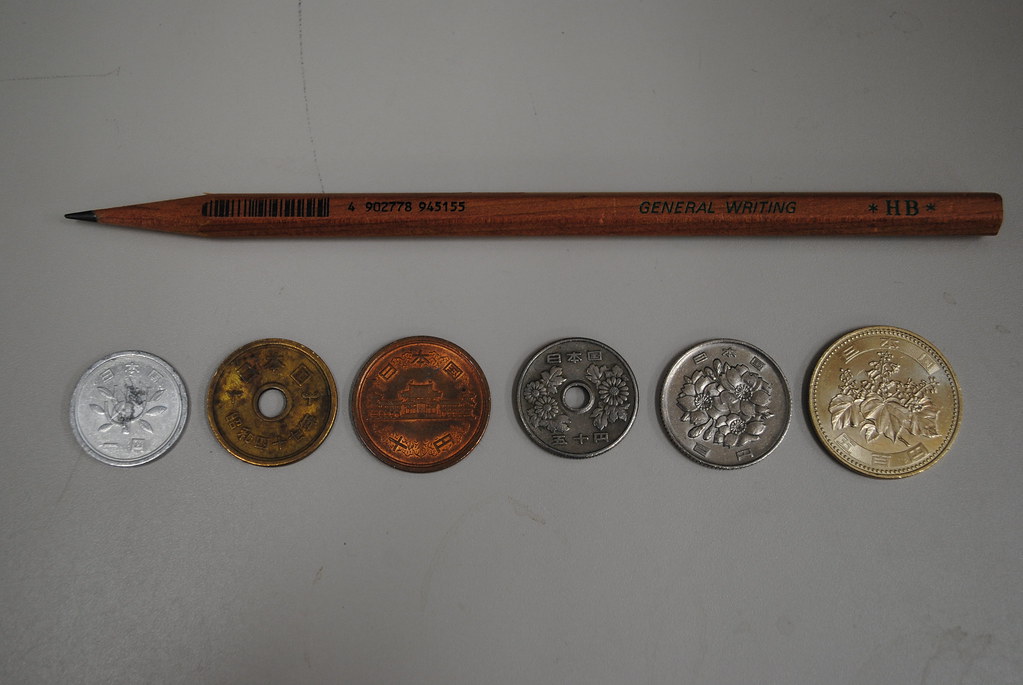
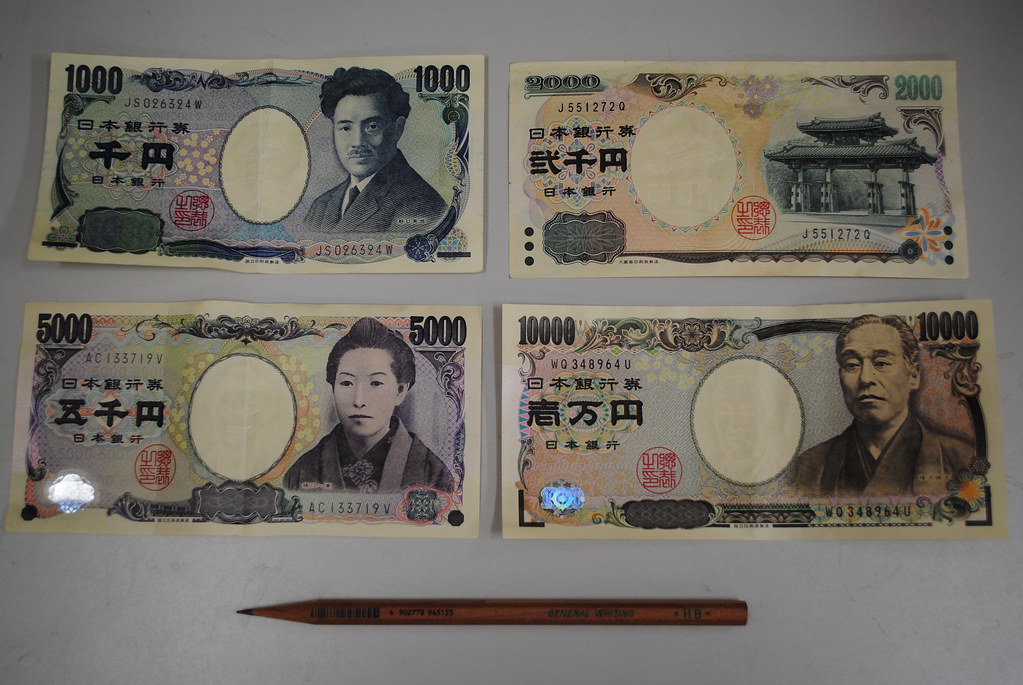
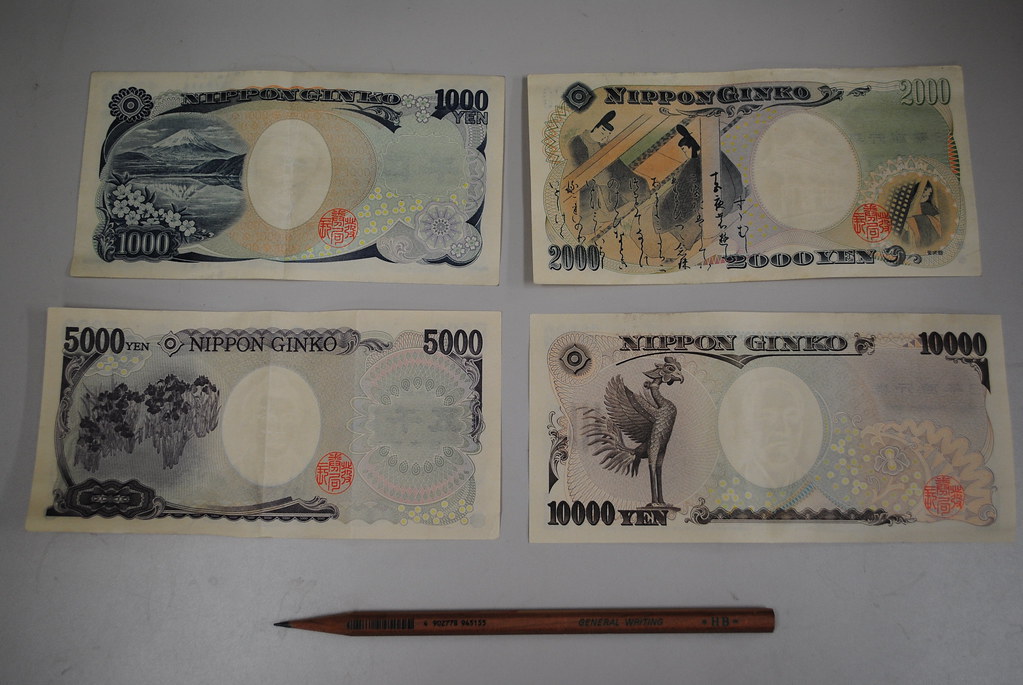
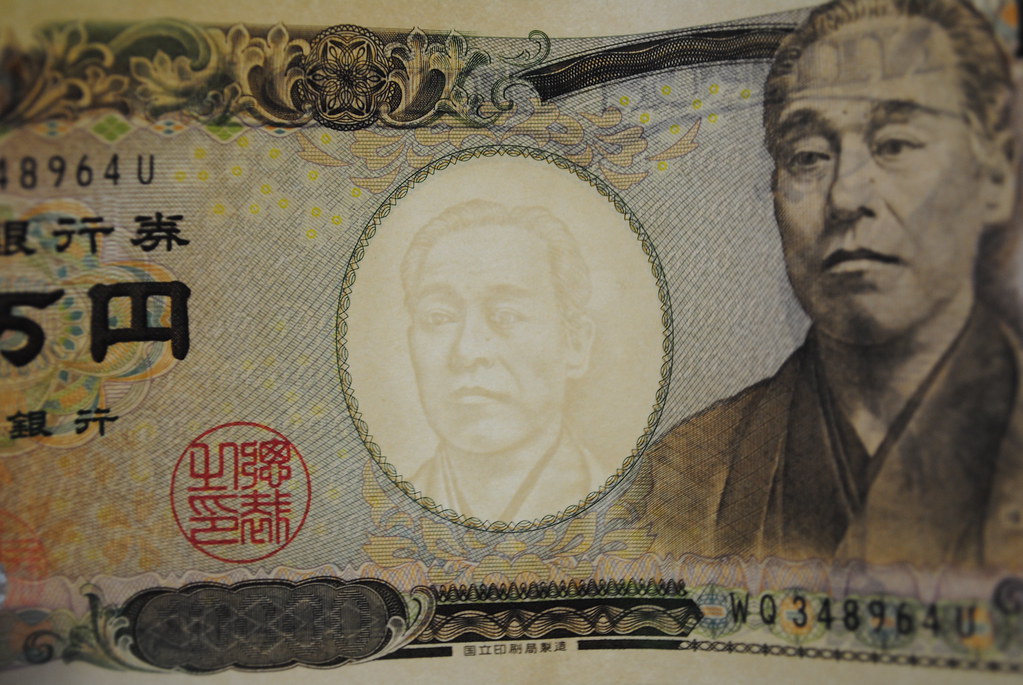
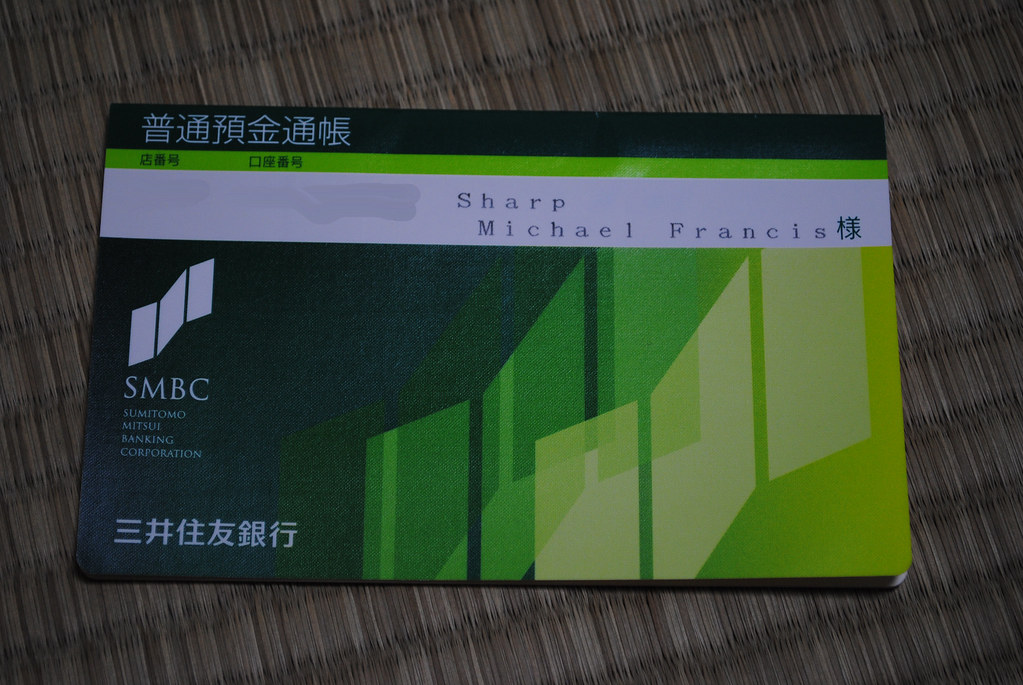
No comments:
Post a Comment
If you have any questions or additions, I would love to hear from you. I may not know the answer, but I'll do my best to find out in any case! You can post anonymously if you like, but abusive/unintelligible/inappropriate comments will not be published.